For the first time in the company’s history, Dell Technologies World will be held as a virtual event, with Michael Dell proclaiming “The Show Must Go On.”
For many event planners thinking of their own events, the statement “The show must go on” can create anxiety and confusion. How do you handle the pivot to digital when you don’t have the resources of a global fortune brand? We’re unpacking what’s required to pivot a real-world event to a world-class virtual one.
We’re all currently working through a global pandemic that many of us have never experienced before– at least at this level and scale. The events industry, in particular, was hit hard by this latest global disruption. But marketing teams, leadership teams, event organizers, and others have also been affected. Many of the brands we work with are looking at alternatives to the variety of in-person events they host; internal meetings, client events, and trade shows. Not being able to gather in-person prevents that from happening and, at the end of the day, work still needs to get done, ideas need to spread, and we all need to be able to communicate.
To help those who are looking for alternatives to in-person events, we’ve put together this guide — The In’s and Out’s of Virtual Events. We hope this information helps you navigate the differences in hosting an event in person vs. virtually.
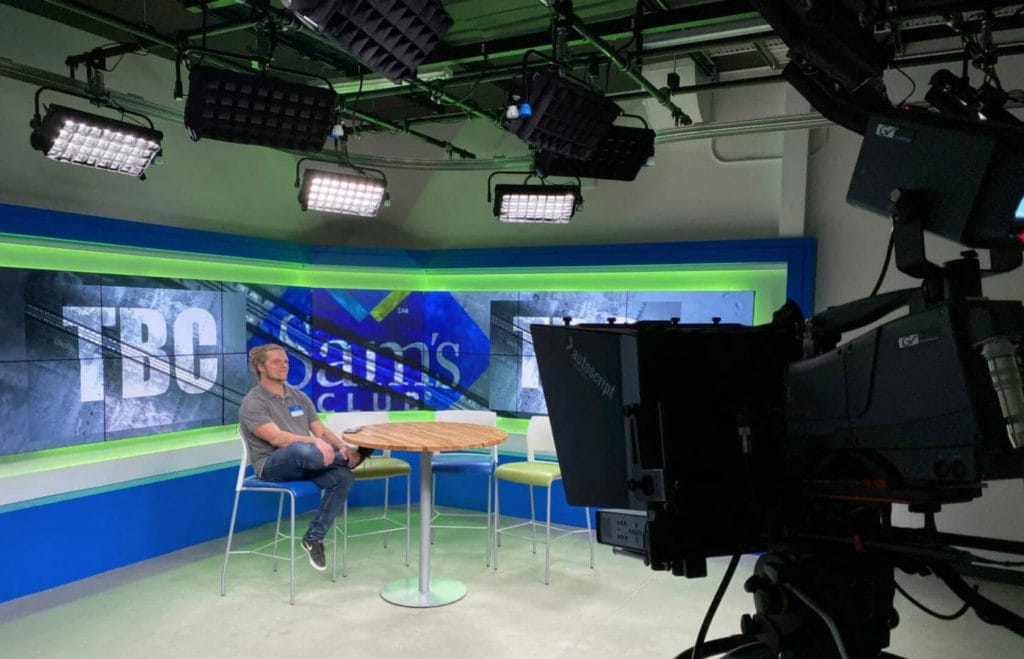
Q: What is a virtual event?
Virtual events are very much a production, just like every other live event, except that they are held online as a “webcast.” Instead of thinking of a simple video or screen share meeting, think of it more like the type of high-quality broadcast you see from a major news network, with the ability to be interactive.
Q: Is this virtual reality?
You absolutely do not need to wear a headset for a virtual event (thank goodness). Virtual Reality is one method for the distribution of your content, but there are plenty of other ways to share content that are easier to consume.
Q: How do I know if I’m doing it right?
If your online event just feels like a videoconference, you’re probably off track. This should be a very well-produced, educational, and entertaining experience for your event attendees.
Getting Started
Let’s be clear about one thing up front… a virtual event is still just an event — all the planning, the content, and the production rules still apply. It’s just held in a slightly different format. Conversely, a conference call is mostly an unorganized (yet collaborative) gathering to accomplish tasks that often has a loose agenda and little to no production value.
Now that we have all of that out of the way, let’s chat about pivoting to digital events.
Here’s what you need to plan for if you’re looking to continue hosting a virtual event:

#1 — It’s still all about production value
Just like every other event, the goal is to produce a high-quality experience. I say experience because there are literally hundreds of types of events, reasons for hosting, and desired outcomes for those events. From entertainment, to launches, to company updates, one thing is common: there is generally a lot of planned content.
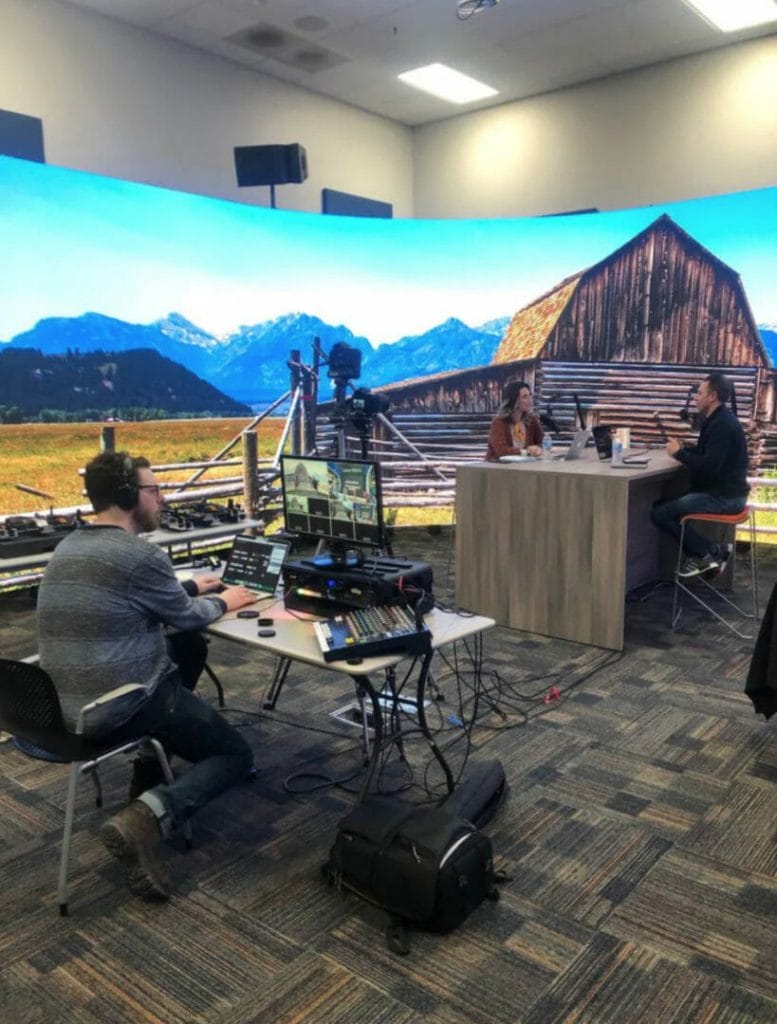
So, if you’ve already developed an agenda, have keynote speakers lined up, and have all the presentation materials put together, you are in a really good place to pivot to digital. This part largely remains the same. The only thing you might consider is the format of those materials. Since you’re transitioning from a live, in-person audience to an online audience, there may be opportunities to elevate your creative to help illustrate ideas better and keep your audience engaged.
Key Takeaway — virtual events still require the same content, planning, and production value of a normal event.
#2 — Understand the changes to planning
Here’s one of the first major changes when pivoting to digital… Instead of coordinating with venues, catering, convention services, travel agents, and working out details like proactively ensuring network drops are available, and that your booth will arrive in time, you’re now going to be spending more time coordinating things that are required for a virtual event.
- Your audience is now global. Time zone considerations must be accounted for.
- You will need to elevate your planning and communication around the event schedule. You are losing the face-to-face nature of the event, so making sure everyone is ready and on-cue to speak is critical.
- You will be spending more time coordinating things with IT and technology vendors to get your broadcast up and running.
- You should be spending more time on the content to ensure its elevated enough to help entertain an audience who may be more easily distracted.
- You need to consider the additional interactive moments to draw your audience back in.
- You need to consider your virtual event platform and its capabilities.
Key Takeaway — you will need 1) IT support, 2) content support, and 3) technology support. And most importantly, you will need someone to navigate and lead the production process.
#3 — How to keep online audiences engaged.
Providing interactivity and community is an important element for every event, or else you may as well be watching a broadcast. So how do you manage that with successful virtual events? Luckily many of the platforms used for streaming now include basic interactive features like Screen Share, Q&A sessions, or Live Polling. But what are the options outside of that?
There’s plenty of other technology to incorporate into your virtual event to keep things interesting. Virtual whiteboards and breakout sessions allow multiple participants to collaborate together in real time. Providing online games during a webinar can help create excitement and keep audiences engaged. But technology isn’t the only way to keep an audience engaged. Writing in interactive moments to your script can have the same effect. Simply asking questions, incorporating high-impact videos, or having the audience speak are impactful. Other ideas include:
- Virtual Whiteboards
- Games
- High Impact Videos
- Guest Appearances
- Q&A
- Live Polling
- Awards / Giveaways
- Gamification
- Virtual networking
- Happy hours
Key Takeaway — incorporate elements that allow for interaction between guests and create a sense of community. This will minimize any sense that you’re just “watching tv.”
#4 — Selecting an appropriate event format.
The first question that generally comes to mind is what does a virtual event look like? For many, the thought of a virtual event brings to mind VR headsets, which certainly is one way to host an event virtually, but fortunately not the only way. To help understand the options, we’ve outlined some of the more common formats for virtual events.
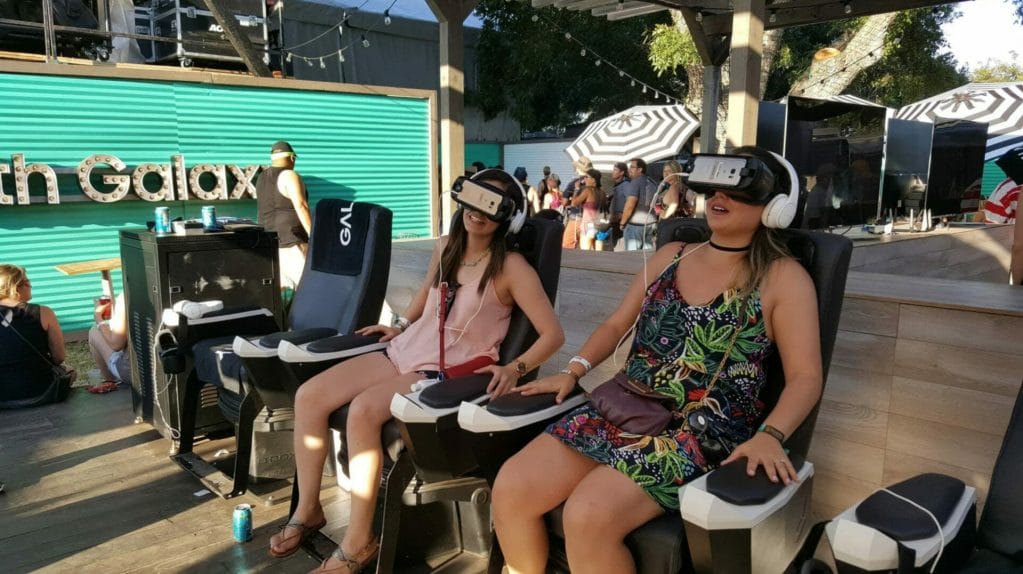
- Web Streaming. This is the fastest way to host a virtual event. The presenters and audience can be located anywhere, and all parties tune in from their personal devices. This is how many webinars are handled. If you have already created all the content, you can pivot to digital very quickly using one of many services designed for broadcasting. Zoom is a good place to start.
- From the Studio. Elevate the standard web stream by having the speakers broadcast from a more professional ‘studio’ backdrop. This requires a bit more planning and setup, but will make the overall experience much more exciting.
- Remote Viewing Rooms. In certain situations, you may still want smaller groups to gather for these virtual events — say, each remote office for example. Setting up remote viewing rooms allows for a much more immersive experience for the attendees and gives the event more of that community feeling.
- Virtual Reality. We mentioned virtual reality earlier which is somewhat a loaded topic. Virtual Reality can mean several different things, so we’ll need to break this down. First there’s the method to consuming the content. You have VR that’s consumed with a headset, and VR that’s viewed on a mobile device or computer. Then you have the process for creating the content. You also have VR that’s entirely computer generated content (like a video game), and you have VR content that is a 360 capture or live stream of the real world. All of these would constitute Virtual Reality. Of each of the following, the 360 real footage option is the simplest and most effective to deploy for a virtual experience.
Key Takeaway — there are plenty of formats available for virtual events, all with pros and cons, and different speed to market. All of them can be highly effective.
A Shameless Plug
Hopefully this overview provides you with enough information to tackle the shift to virtual on your own. However, if you still need assistance, we’re here to help! We’ve been staging events of all types for nearly 35 years, with a strong focus on innovation and many industry firsts under our belt. If you find yourself still looking for assistance, we can provide the following, in short order.

- Event Review — We typically start here. We provide consultation on pivoting an event to digital. This involves providing a review of the existing content, providing recommendations on a strategy including which elements to modify or add to make the most impact, and outlining some of the potential areas of concern.
- Technical Support — This removes the concern about setting up and running a virtual event. Our teams offer remote and on-site technical support to handle all aspects of the stream. This includes any necessary setup, training, routing of content, networking, and playback — fully turn key so you can focus on the content & delivery.
- Production Support — For when you need a little extra support. Our producers provide assistance with creating or modifying content for virtual, planning and organizing assets, coordinating speakers, coordinating technical crews, and running the event day of.
- Content — From presentation graphics, powerpoint templates, and explainer videos, to 360 streams, our creative group can make your content look amazing, help keep attention on the screen, and more importantly — make concepts easier to digest by remote audiences.
Any questions about our event services? Contact us today.
Originally published on Medium.


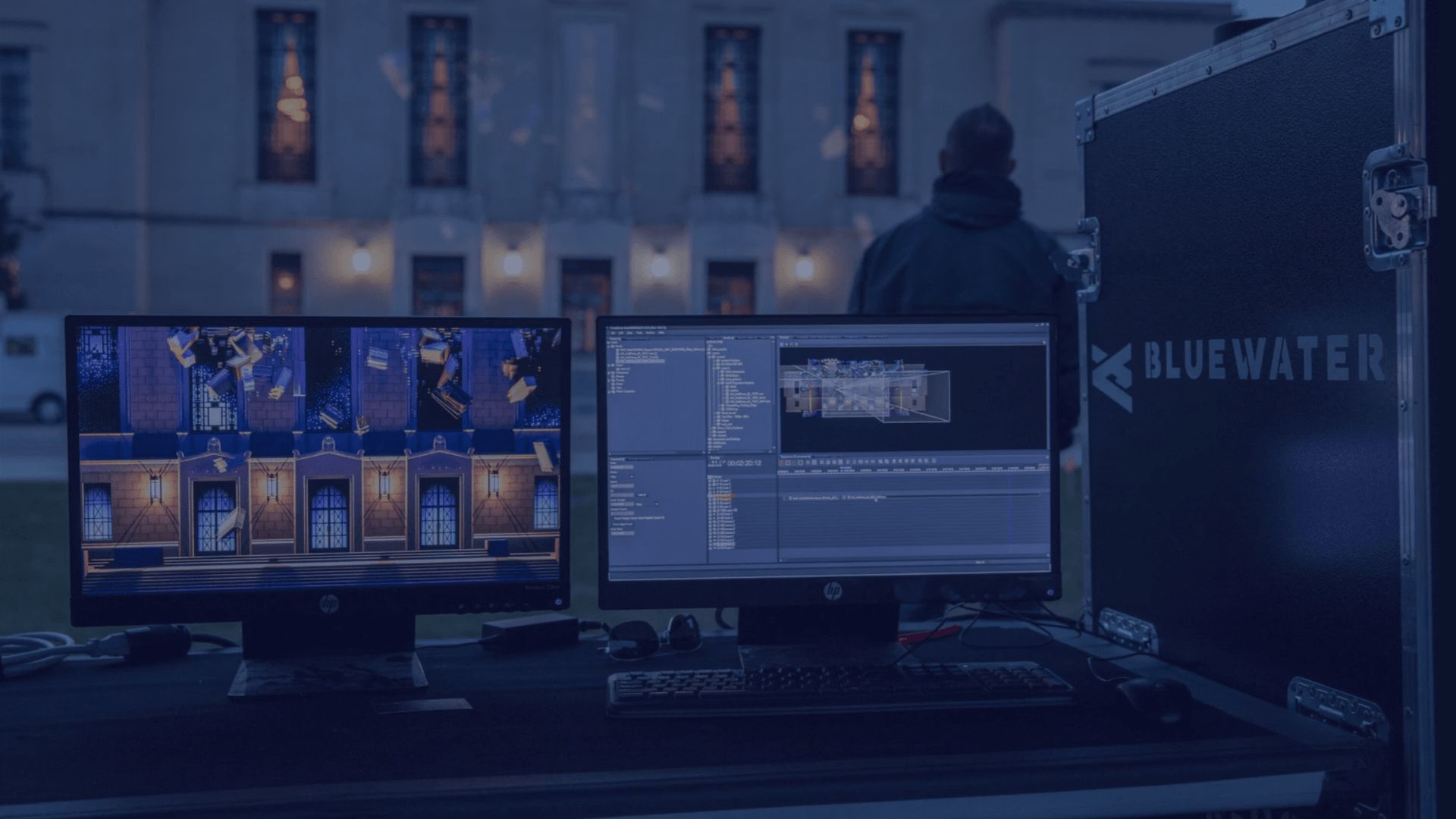



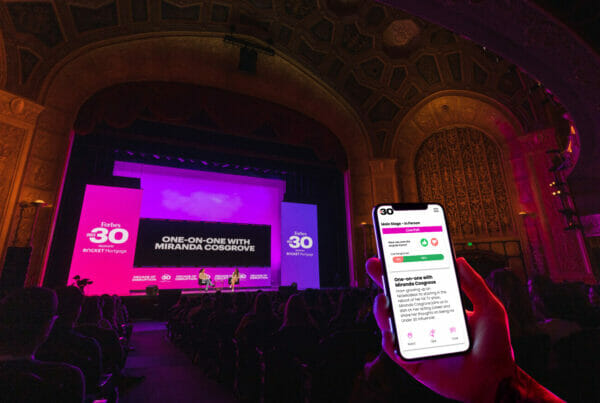






2 Comments